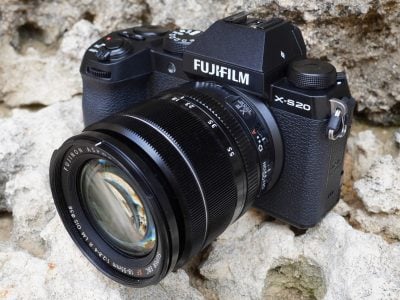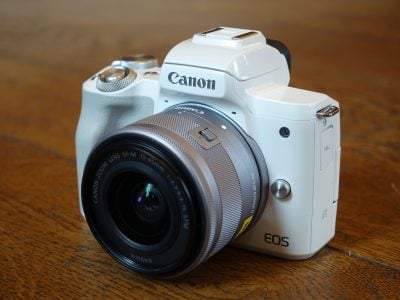Canon Digital IXUS 870IS / PowerShot SD 880IS ELPH
-
-
Written by Gordon Laing
Outdoor resolution - Canon IXUS 870IS / SD 880IS vs Panasonic FX35 vs Sony T77
Canon IXUS 870IS / SD 880IS |
Panasonic Lumix DMC-FX35 |
Sony Cyber-shot DSC-T77 | ||
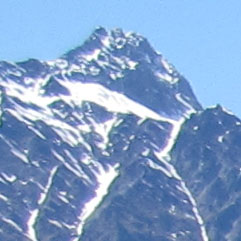 |
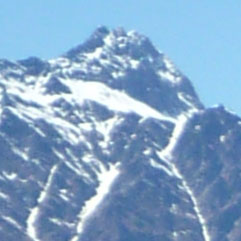 |
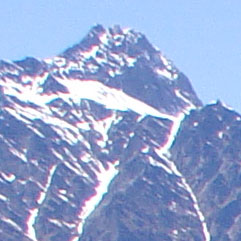 | ||
f6.3, 80 ISO |
f4, 100 ISO |
f4.5, 80 ISO | ||
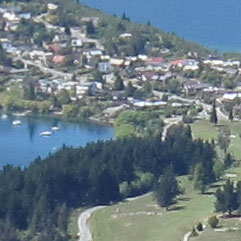 |
 |
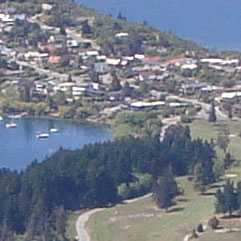 | ||
f6.3, 80 ISO |
f4, 100 ISO |
f4.5, 80 ISO | ||
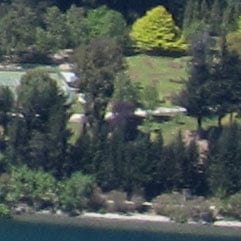 |
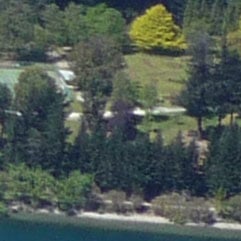 |
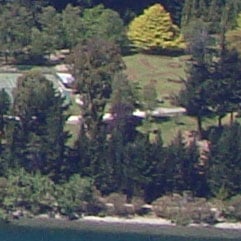 | ||
f6.3, 80 ISO |
f4, 100 ISO |
f4.5, 80 ISO | ||
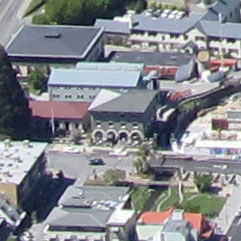 |
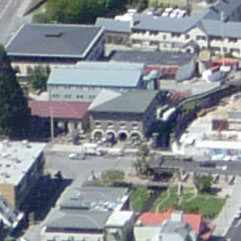 |
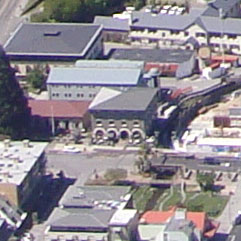 | ||
f6.3, 80 ISO |
f4, 100 ISO |
f4.5, 80 ISO |
 |
|
The image above was taken with the Canon IXUS 870IS / SD 880IS at a sensitivity of 80 ISO, and the lens set to 7mm (39mm equivalent), f6.3; the original Large Super-Fine JPEG file measured 4.64MB. The crops are taken from the upper left, centre, lower right and left of centre, and are presented here at 100%.
As you’ll see on this and the next results page, the DIGIC 4 processor in the Canon IXUS 870IS / SD 880IS adopts a natural-looking approach to image processing with results that are neither too soft, nor too punchy.
In the crops below, it falls roughly between the Panasonic Lumix FX35 and Sony Cyber-shot T77 in terms of processing, with the former looking a little soft, and the latter slightly over-sharpened.
In terms of real-life detail, it’s roughly the same on all three cameras, although optically the Canon has the edge in the crop of the mountain ridge from the upper left corner: it’s neither exhibiting the softness of the Panasonic, nor the obvious fringing of the Sony.
Ultimately though while Canon’s struck a good balance between making the most of its recorded detail without going overboard on sharpening, contrast and saturation, it’s a close-run thing, with all three models delivering roughly similar quality. Now let’s see how they measure-up across their sensitivity range in our Canon IXUS 870IS / SD 880IS High ISO Noise results.


